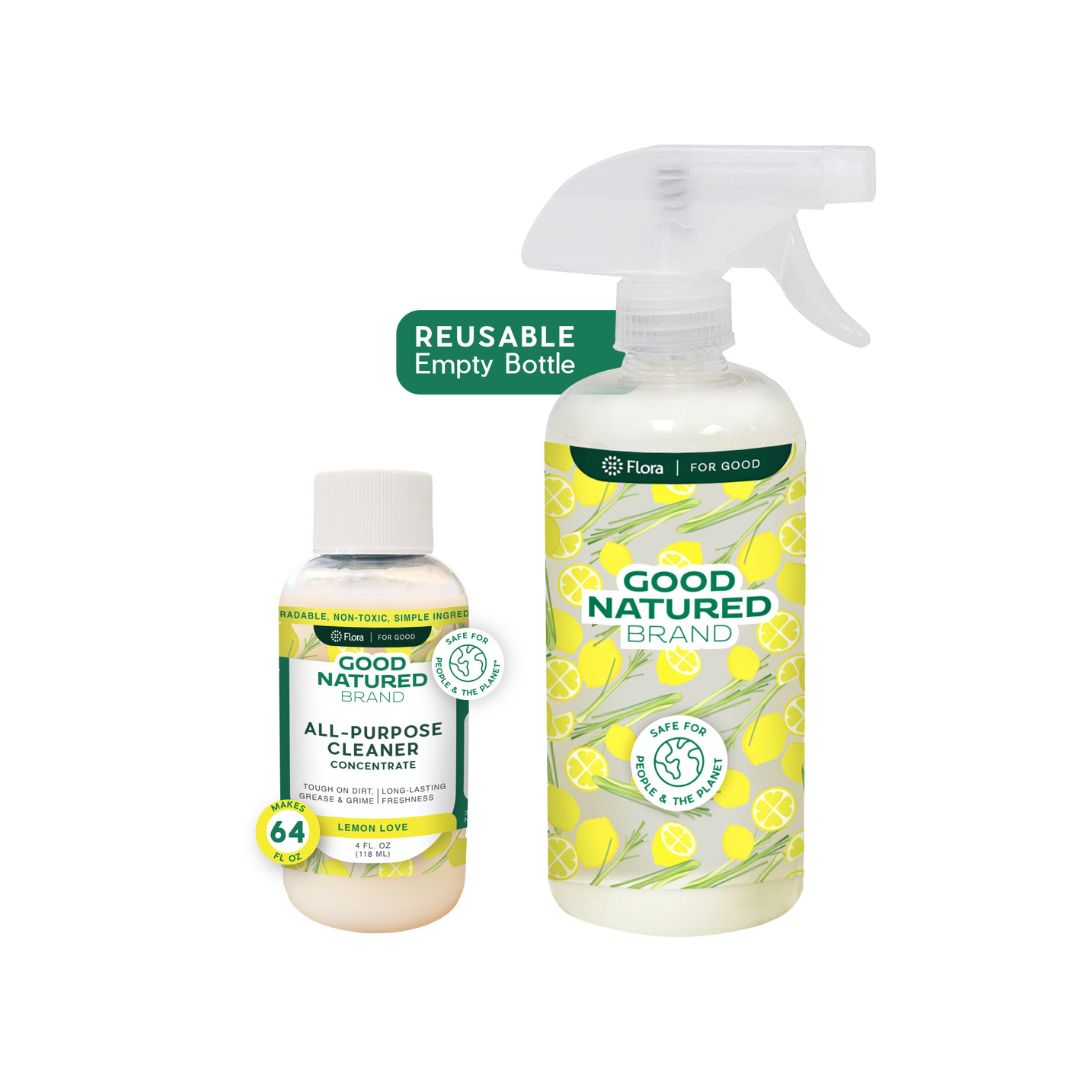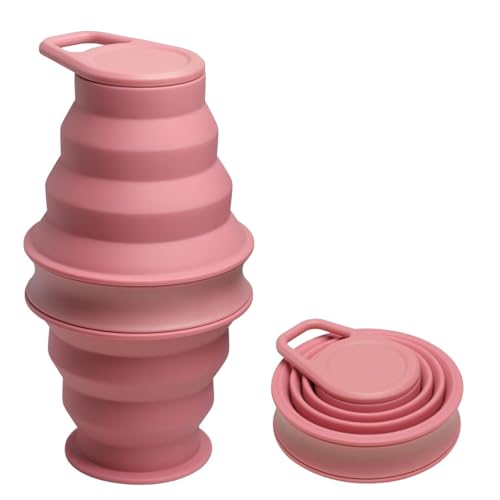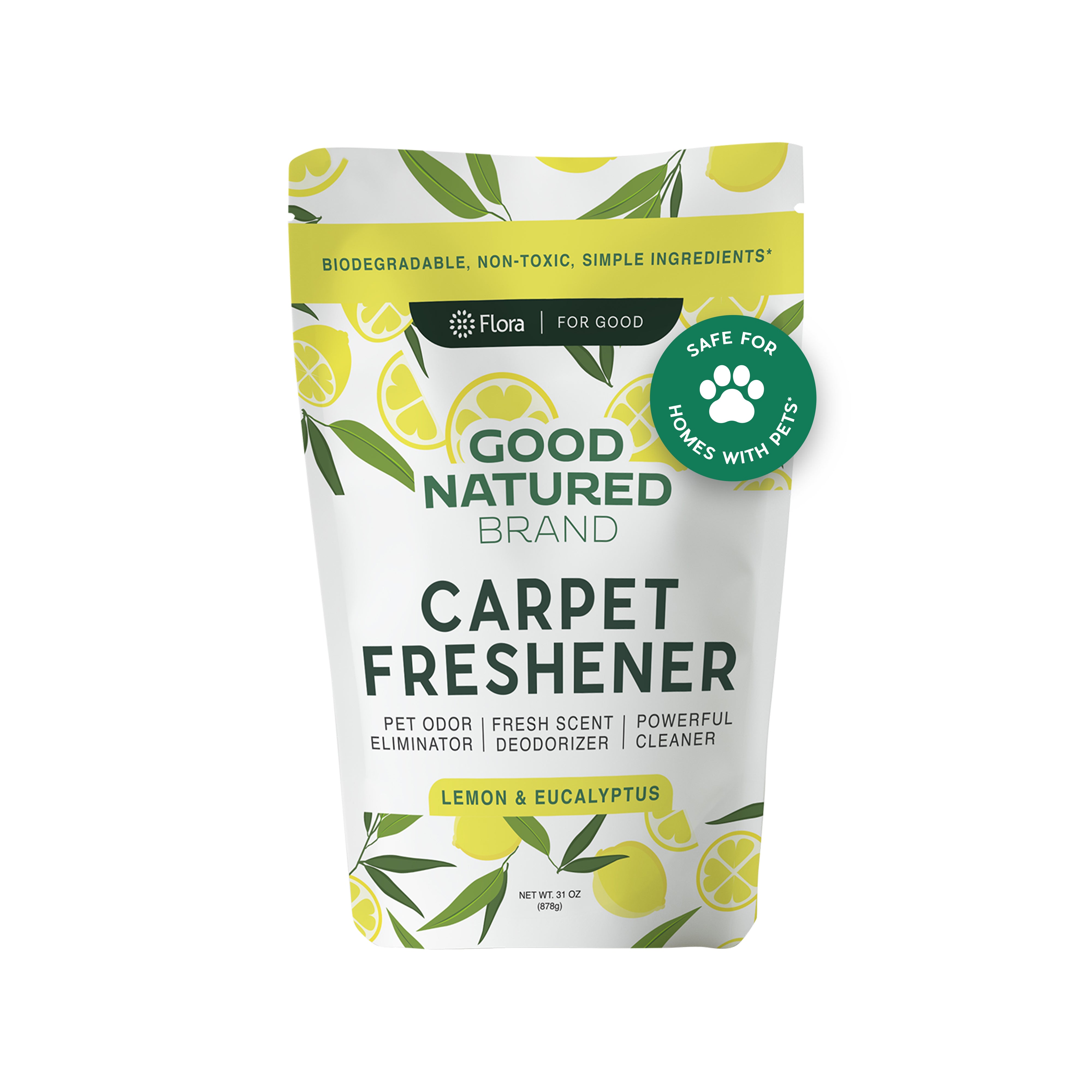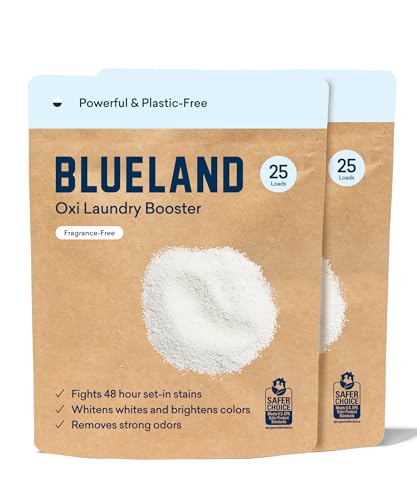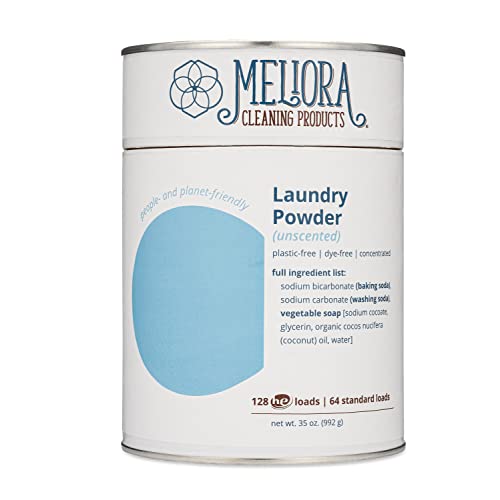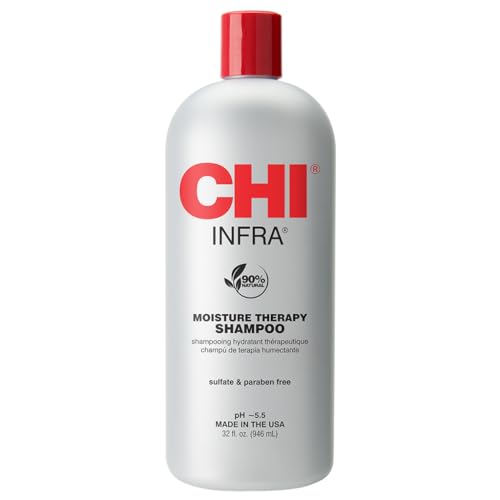
CHI Infra Shampoo - Hydrating Care for Heat-Damaged Hair, Sulfate & Paraben-Free - 32oz


Hydrolyzed Wheat Protein
High RiskHydrolyzed wheat protein is produced by acid or enzymatic hydrolysis of wheat gluten, resulting in smaller protein fragments that can be easily absorbed by hair and skin. This ingredient is commonly used in personal care products for its moisturizing and film-forming properties.
Sustai Insights
Hydrolyzed wheat protein offers functional benefits, such as enhancing moisture retention and improving product texture. It is generally considered low risk for carcinogenicity, with moderate potential for allergies. Regulatory restrictions apply, particularly for products that must avoid specific allergens. Environmental concerns include its potential as a pollutant; however, it is not known for bioaccumulation. Safe usage practices are recommended for sensitive individuals, and alternatives like hydrolyzed soy protein may provide similar benefits with reduced allergenic potential. Overall, the ingredient presents a high risk assessment due to use restrictions and allergy concerns.
Cocamidopropyl Betaine
High RiskCocamidopropyl betaine is a synthetic surfactant derived from coconut oil, commonly used in personal care products for its mild cleansing and foaming properties. It functions as a surfactant, emulsifier, and thickening agent, contributing to the texture and performance of formulations.
Sustai Insights
Cocamidopropyl betaine offers functional benefits as a gentle surfactant, enhancing product foaming and texture. However, it may pose low to moderate allergenic risks and is subject to high use restrictions due to contamination concerns. Regulatory bodies have advised on its safe levels of usage, categorizing its risk level as high overall. Users should practice caution, particularly with sensitive populations, and consider alternatives like naturally derived surfactants for safer formulations.
Rosmarinus Officinalis (Rosemary) Leaf Extract
Medium RiskRosemary leaf extract is produced from the leaves of the Rosmarinus officinalis plant. It is commonly used in cosmetic formulations for its potential antioxidant properties and fragrance. The extract may also contribute to the preservation of products due to its antimicrobial characteristics.
Sustai Insights
Rosemary leaf extract offers functional benefits such as antioxidant and antimicrobial properties, which can enhance product stability and shelf-life. It is generally considered low risk for carcinogenicity and reproductive toxicity, but it carries a moderate potential for allergic reactions. Environmentally, it poses low risk with no significant pollutant or bioaccumulation concerns. Regulatory bodies have not placed significant restrictions on its use, although some verified products cannot contain certain concentrations. Overall, the ingredient's risk level is medium, necessitating careful usage practices to mitigate allergic responses.
Symphytum Officinale (Comfrey) Extract
Medium RiskSymphytum officinale extract is an extract derived from the comfrey plant, primarily used for its potential skin-soothing properties in topical applications. It is often included in formulations aimed at promoting skin health and alleviating irritation.
Sustai Insights
Symphytum officinale extract offers functional benefits such as skin soothing and enhanced absorption, making it valuable in topical products. However, it poses moderate health risks, including potential carcinogenicity and skin irritation, while environmental concerns are minimal. Regulatory bodies have set restrictions on its use due to safety concerns. Overall, the risk level associated with this ingredient is medium, and users should practice caution in its application. Alternatives like aloe vera may provide similar benefits with lower risk.
Salvia Officinalis (Sage) Leaf Extract
Medium RiskSalvia officinalis (sage) leaf extract is derived from the leaves of the sage plant, commonly used in various cosmetic formulations. It serves primarily as an antioxidant and antimicrobial agent, contributing to product stability and skin health.
Sustai Insights
Sage leaf extract offers functional benefits such as antioxidant properties and antimicrobial effects, enhancing product efficacy. It is sustainably sourced; however, moderate concerns exist regarding potential allergic reactions. Health risks are generally low, with minimal concerns about carcinogenicity or reproductive toxicity. Regulatory status is favorable, with no current restrictions noted. Overall, the ingredient presents a medium risk profile, and safe usage practices should be observed. Alternatives may include other herbal extracts with similar properties.
Sodium Laureth Sulfate
Medium RiskSodium laureth sulfate is a surfactant derived from natural sources, primarily coconut or palm oil. It is commonly used in personal care products for its ability to create lather and enhance cleansing properties. This ingredient is frequently found in shampoos, body washes, and other cleansing formulations.
Sustai Insights
Sodium laureth sulfate effectively acts as a surfactant, contributing to the foaming and cleansing action in various products. It is typically biodegradable and derived from renewable resources. However, it can cause skin irritation in sensitive individuals and may pose risks if used in high concentrations. Regulatory bodies have verified its safety at established levels, though some products may impose restrictions on its use. Overall, the risk associated with sodium laureth sulfate is considered moderate, making safe usage practices essential.
Thyme
Low RiskThyme is an herb commonly used in culinary applications as a flavoring agent. It contains various phytochemicals that may contribute to its aromatic properties. Thyme is also utilized in some cosmetic and personal care products for its potential antimicrobial benefits.
Sustai Insights
Thyme offers functional benefits such as antimicrobial properties, making it useful in food preservation and topical applications. It is generally recognized as safe by the FDA, with low concerns for carcinogenicity, allergies, and reproductive toxicity. Environmental risks are minimal, as thyme is not known to be a significant pollutant or bioaccumulative. Regulatory bodies have not imposed major restrictions on its use, indicating a low overall risk level. Safe usage practices include ensuring that thyme is sourced sustainably, and alternatives may include other herbs with similar benefits. Overall, thyme represents a low-risk ingredient.
Urtica Dioica (Nettle)
Low RiskUrtica dioica (nettle) is a dried plant known for its various applications in herbal medicine and personal care products. It is often used for its potential health benefits and nutrient content, serving primarily as a botanical ingredient in formulations.
Sustai Insights
Urtica dioica offers functional benefits such as anti-inflammatory and antioxidant properties, making it a valuable ingredient in skincare and health products. It is sustainably sourced and generally considered safe, with low concerns regarding carcinogenicity, allergenic potential, and reproductive toxicity. However, minimal environmental risks exist, and it is not associated with significant pollutants or bioaccumulation. Regulatory bodies do not impose restrictions on its use, indicating a low risk overall. Safe usage practices should be followed, particularly for individuals with plant allergies. Alternatives include other herbal extracts with similar properties. Overall, Urtica dioica presents a low-risk profile.
Rosa Damascena (Rose) Flower
Low RiskRosa damascena (rose) flower is a botanical ingredient commonly used in cosmetic formulations for its fragrance and potential skin-soothing properties. It is often included in products such as lotions, creams, and perfumes for its aesthetic appeal and traditional uses in skincare.
Sustai Insights
Rosa damascena offers functional benefits, primarily as a natural fragrance and skin conditioning agent. It is generally considered low-risk concerning health impacts, with minimal concerns regarding carcinogenicity, allergies, and reproductive toxicity. Environmentally, it is not known to be a pollutant or bioaccumulative. Regulatory bodies do not impose significant restrictions on its use. Overall, the risk level associated with this ingredient is low. For those seeking alternatives, other floral extracts may provide similar benefits.
Glycol Distearate
Low RiskGlycol distearate is a compound derived from stearic acid and ethylene glycol, primarily used as an emulsifier and thickening agent in cosmetic formulations. It helps to stabilize emulsions and improve the texture of products, allowing for better application and consistency.
Sustai Insights
Glycol distearate offers functional benefits as an effective emulsifier, enhancing product stability and texture. It is generally regarded as safe, with low concerns regarding carcinogenicity, allergies, and reproductive toxicity. However, attention is warranted regarding cumulative exposure from multiple sources. While it poses minimal health and environmental risks, users should adhere to recommended usage levels. Overall, the risk level is assessed as low, with no significant regulatory warnings or restrictions.
Hydrolyzed Silk
Low RiskHydrolyzed silk is a form of silk protein that has been broken down into smaller peptides, enhancing its ability to be absorbed by the skin and hair. It is commonly used in cosmetic and personal care products for its moisturizing and film-forming properties, contributing to improved texture and hydration.
Sustai Insights
Hydrolyzed silk offers functional benefits such as enhancing moisture retention and providing a silky feel to formulations. It is generally considered low risk for health concerns, with minimal allergenic potential and no significant reproductive toxicity reported. Environmentally, it poses low risks, as it is not bioaccumulative or a known pollutant. Regulatory bodies have not issued significant warnings. Overall, it is a low-risk ingredient. Safe usage involves avoiding excessively high concentrations, and alternatives include plant-based proteins like hydrolyzed wheat or rice.
Citrus Limon (Lemon)
Low RiskCitrus limon, commonly known as lemon, is a citrus fruit used primarily for its juice and zest. It is often included in personal care products for its astringent properties and as a natural fragrance. It is recognized for its potential antioxidant benefits and as a source of vitamin C.
Sustai Insights
Citrus limon offers functional benefits like acting as a natural preservative and providing fragrance in formulations. It is sustainably sourced and biodegradable. Health risks are considered low for carcinogenicity, allergies, and reproductive toxicity. Environmental risks are minimal, with no significant bioaccumulation. Regulatory status is favorable, with no current restrictions noted. Overall, this ingredient poses a low risk, making it a safe choice for consumers.
Polyquaternium 10
Low RiskPolyquaternium-10 is a synthetic polymer used primarily as a conditioning agent in cosmetic products. It enhances the texture and feel of hair and skin, providing moisture retention and improved manageability. This ingredient is known for its film-forming properties, which can help reduce frizz and static.
Sustai Insights
Polyquaternium-10 offers functional benefits in enhancing moisture retention and improving product texture. It is considered to have low health risks, with minimal concerns regarding carcinogenicity, allergenic potential, and neurotoxicity. Environmentally, it poses low ecotoxicity and is not known to bioaccumulate. Regulatory assessments indicate no significant restrictions, categorizing it as low risk overall. For safe use, it is recommended to follow product guidelines. Alternatives include natural conditioning agents like guar gum or xanthan gum for those seeking plant-based options.
Panthenol, D
Low RiskPanthenol, also known as provitamin B5, is a humectant commonly used in cosmetic and personal care products. It functions primarily as a moisturizer, enhancing skin hydration and improving the appearance of hair by imparting shine and softness.
Sustai Insights
Panthenol is effective in retaining moisture, thus providing functional benefits for skin and hair care products. It is generally recognized as safe, with low concerns regarding carcinogenicity, allergies, and developmental toxicity. However, potential cumulative exposure from multiple sources exists. Environmental risks are minimal, and it is not bioaccumulative. Regulatory bodies have not issued significant warnings; therefore, the overall risk level is assessed as low. For optimal use, it is recommended to follow product guidelines, and alternatives such as glycerin may also be considered for moisturizing effects.
Water
Low RiskWater is a clear, colorless liquid essential for various biological processes. It serves as a solvent in formulations, facilitating the dissolution of other ingredients and enhancing product texture and application. Additionally, water plays a crucial role in hydration and is a key component in many cosmetic and personal care products.
Sustai Insights
Water is an effective solvent and hydrator, contributing to the texture and efficacy of formulations. It is biodegradable and generally regarded as safe, with low concerns regarding carcinogenicity, allergies, and reproductive toxicity. However, excessive water usage can lead to environmental concerns, particularly regarding resource depletion. Regulatory bodies do not impose restrictions on water use in cosmetics. Overall, the risks associated with water are low, making it a safe and essential ingredient.
Rosmarinus Officinalis (Rosemary) Leaf Extract
Medium RiskRosemary leaf extract is produced from the leaves of the Rosmarinus officinalis plant. It is commonly used in cosmetic formulations for its potential antioxidant properties and fragrance. The extract may also contribute to the preservation of products due to its antimicrobial characteristics.
Sustai Insights
Rosemary leaf extract offers functional benefits such as antioxidant and antimicrobial properties, which can enhance product stability and shelf-life. It is generally considered low risk for carcinogenicity and reproductive toxicity, but it carries a moderate potential for allergic reactions. Environmentally, it poses low risk with no significant pollutant or bioaccumulation concerns. Regulatory bodies have not placed significant restrictions on its use, although some verified products cannot contain certain concentrations. Overall, the ingredient's risk level is medium, necessitating careful usage practices to mitigate allergic responses.
Thyme
Low RiskThyme is an herb commonly used in culinary applications as a flavoring agent. It contains various phytochemicals that may contribute to its aromatic properties. Thyme is also utilized in some cosmetic and personal care products for its potential antimicrobial benefits.
Sustai Insights
Thyme offers functional benefits such as antimicrobial properties, making it useful in food preservation and topical applications. It is generally recognized as safe by the FDA, with low concerns for carcinogenicity, allergies, and reproductive toxicity. Environmental risks are minimal, as thyme is not known to be a significant pollutant or bioaccumulative. Regulatory bodies have not imposed major restrictions on its use, indicating a low overall risk level. Safe usage practices include ensuring that thyme is sourced sustainably, and alternatives may include other herbs with similar benefits. Overall, thyme represents a low-risk ingredient.
Hydrolyzed Wheat Protein
High RiskHydrolyzed wheat protein is produced by acid or enzymatic hydrolysis of wheat gluten, resulting in smaller protein fragments that can be easily absorbed by hair and skin. This ingredient is commonly used in personal care products for its moisturizing and film-forming properties.
Sustai Insights
Hydrolyzed wheat protein offers functional benefits, such as enhancing moisture retention and improving product texture. It is generally considered low risk for carcinogenicity, with moderate potential for allergies. Regulatory restrictions apply, particularly for products that must avoid specific allergens. Environmental concerns include its potential as a pollutant; however, it is not known for bioaccumulation. Safe usage practices are recommended for sensitive individuals, and alternatives like hydrolyzed soy protein may provide similar benefits with reduced allergenic potential. Overall, the ingredient presents a high risk assessment due to use restrictions and allergy concerns.
Urtica Dioica (Nettle)
Low RiskUrtica dioica (nettle) is a dried plant known for its various applications in herbal medicine and personal care products. It is often used for its potential health benefits and nutrient content, serving primarily as a botanical ingredient in formulations.
Sustai Insights
Urtica dioica offers functional benefits such as anti-inflammatory and antioxidant properties, making it a valuable ingredient in skincare and health products. It is sustainably sourced and generally considered safe, with low concerns regarding carcinogenicity, allergenic potential, and reproductive toxicity. However, minimal environmental risks exist, and it is not associated with significant pollutants or bioaccumulation. Regulatory bodies do not impose restrictions on its use, indicating a low risk overall. Safe usage practices should be followed, particularly for individuals with plant allergies. Alternatives include other herbal extracts with similar properties. Overall, Urtica dioica presents a low-risk profile.
Rosa Damascena (Rose) Flower
Low RiskRosa damascena (rose) flower is a botanical ingredient commonly used in cosmetic formulations for its fragrance and potential skin-soothing properties. It is often included in products such as lotions, creams, and perfumes for its aesthetic appeal and traditional uses in skincare.
Sustai Insights
Rosa damascena offers functional benefits, primarily as a natural fragrance and skin conditioning agent. It is generally considered low-risk concerning health impacts, with minimal concerns regarding carcinogenicity, allergies, and reproductive toxicity. Environmentally, it is not known to be a pollutant or bioaccumulative. Regulatory bodies do not impose significant restrictions on its use. Overall, the risk level associated with this ingredient is low. For those seeking alternatives, other floral extracts may provide similar benefits.
Glycol Distearate
Low RiskGlycol distearate is a compound derived from stearic acid and ethylene glycol, primarily used as an emulsifier and thickening agent in cosmetic formulations. It helps to stabilize emulsions and improve the texture of products, allowing for better application and consistency.
Sustai Insights
Glycol distearate offers functional benefits as an effective emulsifier, enhancing product stability and texture. It is generally regarded as safe, with low concerns regarding carcinogenicity, allergies, and reproductive toxicity. However, attention is warranted regarding cumulative exposure from multiple sources. While it poses minimal health and environmental risks, users should adhere to recommended usage levels. Overall, the risk level is assessed as low, with no significant regulatory warnings or restrictions.
Hydrolyzed Silk
Low RiskHydrolyzed silk is a form of silk protein that has been broken down into smaller peptides, enhancing its ability to be absorbed by the skin and hair. It is commonly used in cosmetic and personal care products for its moisturizing and film-forming properties, contributing to improved texture and hydration.
Sustai Insights
Hydrolyzed silk offers functional benefits such as enhancing moisture retention and providing a silky feel to formulations. It is generally considered low risk for health concerns, with minimal allergenic potential and no significant reproductive toxicity reported. Environmentally, it poses low risks, as it is not bioaccumulative or a known pollutant. Regulatory bodies have not issued significant warnings. Overall, it is a low-risk ingredient. Safe usage involves avoiding excessively high concentrations, and alternatives include plant-based proteins like hydrolyzed wheat or rice.
Citrus Limon (Lemon)
Low RiskCitrus limon, commonly known as lemon, is a citrus fruit used primarily for its juice and zest. It is often included in personal care products for its astringent properties and as a natural fragrance. It is recognized for its potential antioxidant benefits and as a source of vitamin C.
Sustai Insights
Citrus limon offers functional benefits like acting as a natural preservative and providing fragrance in formulations. It is sustainably sourced and biodegradable. Health risks are considered low for carcinogenicity, allergies, and reproductive toxicity. Environmental risks are minimal, with no significant bioaccumulation. Regulatory status is favorable, with no current restrictions noted. Overall, this ingredient poses a low risk, making it a safe choice for consumers.
Symphytum Officinale (Comfrey) Extract
Medium RiskSymphytum officinale extract is an extract derived from the comfrey plant, primarily used for its potential skin-soothing properties in topical applications. It is often included in formulations aimed at promoting skin health and alleviating irritation.
Sustai Insights
Symphytum officinale extract offers functional benefits such as skin soothing and enhanced absorption, making it valuable in topical products. However, it poses moderate health risks, including potential carcinogenicity and skin irritation, while environmental concerns are minimal. Regulatory bodies have set restrictions on its use due to safety concerns. Overall, the risk level associated with this ingredient is medium, and users should practice caution in its application. Alternatives like aloe vera may provide similar benefits with lower risk.
Salvia Officinalis (Sage) Leaf Extract
Medium RiskSalvia officinalis (sage) leaf extract is derived from the leaves of the sage plant, commonly used in various cosmetic formulations. It serves primarily as an antioxidant and antimicrobial agent, contributing to product stability and skin health.
Sustai Insights
Sage leaf extract offers functional benefits such as antioxidant properties and antimicrobial effects, enhancing product efficacy. It is sustainably sourced; however, moderate concerns exist regarding potential allergic reactions. Health risks are generally low, with minimal concerns about carcinogenicity or reproductive toxicity. Regulatory status is favorable, with no current restrictions noted. Overall, the ingredient presents a medium risk profile, and safe usage practices should be observed. Alternatives may include other herbal extracts with similar properties.
Sodium Laureth Sulfate
Medium RiskSodium laureth sulfate is a surfactant derived from natural sources, primarily coconut or palm oil. It is commonly used in personal care products for its ability to create lather and enhance cleansing properties. This ingredient is frequently found in shampoos, body washes, and other cleansing formulations.
Sustai Insights
Sodium laureth sulfate effectively acts as a surfactant, contributing to the foaming and cleansing action in various products. It is typically biodegradable and derived from renewable resources. However, it can cause skin irritation in sensitive individuals and may pose risks if used in high concentrations. Regulatory bodies have verified its safety at established levels, though some products may impose restrictions on its use. Overall, the risk associated with sodium laureth sulfate is considered moderate, making safe usage practices essential.
Polyquaternium 10
Low RiskPolyquaternium-10 is a synthetic polymer used primarily as a conditioning agent in cosmetic products. It enhances the texture and feel of hair and skin, providing moisture retention and improved manageability. This ingredient is known for its film-forming properties, which can help reduce frizz and static.
Sustai Insights
Polyquaternium-10 offers functional benefits in enhancing moisture retention and improving product texture. It is considered to have low health risks, with minimal concerns regarding carcinogenicity, allergenic potential, and neurotoxicity. Environmentally, it poses low ecotoxicity and is not known to bioaccumulate. Regulatory assessments indicate no significant restrictions, categorizing it as low risk overall. For safe use, it is recommended to follow product guidelines. Alternatives include natural conditioning agents like guar gum or xanthan gum for those seeking plant-based options.
Cocamidopropyl Betaine
High RiskCocamidopropyl betaine is a synthetic surfactant derived from coconut oil, commonly used in personal care products for its mild cleansing and foaming properties. It functions as a surfactant, emulsifier, and thickening agent, contributing to the texture and performance of formulations.
Sustai Insights
Cocamidopropyl betaine offers functional benefits as a gentle surfactant, enhancing product foaming and texture. However, it may pose low to moderate allergenic risks and is subject to high use restrictions due to contamination concerns. Regulatory bodies have advised on its safe levels of usage, categorizing its risk level as high overall. Users should practice caution, particularly with sensitive populations, and consider alternatives like naturally derived surfactants for safer formulations.
Panthenol, D
Low RiskPanthenol, also known as provitamin B5, is a humectant commonly used in cosmetic and personal care products. It functions primarily as a moisturizer, enhancing skin hydration and improving the appearance of hair by imparting shine and softness.
Sustai Insights
Panthenol is effective in retaining moisture, thus providing functional benefits for skin and hair care products. It is generally recognized as safe, with low concerns regarding carcinogenicity, allergies, and developmental toxicity. However, potential cumulative exposure from multiple sources exists. Environmental risks are minimal, and it is not bioaccumulative. Regulatory bodies have not issued significant warnings; therefore, the overall risk level is assessed as low. For optimal use, it is recommended to follow product guidelines, and alternatives such as glycerin may also be considered for moisturizing effects.
Water
Low RiskWater is a clear, colorless liquid essential for various biological processes. It serves as a solvent in formulations, facilitating the dissolution of other ingredients and enhancing product texture and application. Additionally, water plays a crucial role in hydration and is a key component in many cosmetic and personal care products.
Sustai Insights
Water is an effective solvent and hydrator, contributing to the texture and efficacy of formulations. It is biodegradable and generally regarded as safe, with low concerns regarding carcinogenicity, allergies, and reproductive toxicity. However, excessive water usage can lead to environmental concerns, particularly regarding resource depletion. Regulatory bodies do not impose restrictions on water use in cosmetics. Overall, the risks associated with water are low, making it a safe and essential ingredient.
Experience the revitalizing power of CHI Infra Shampoo, designed to gently cleanse and nourish all hair types, especially heat-damaged strands. This hydrating formula not only removes impurities but also restores moisture, leaving hair soft, shiny, and manageable.
- Gentle Cleansing: Effectively removes dirt and buildup without stripping natural oils, ensuring a healthy scalp and hair.
- Hydrating Formula: Infused with Cabbage Rose Water and essential extracts, it deeply hydrates while combating frizz and fly-aways.
- Sulfate & Paraben-Free: Enjoy peace of mind with a product free from harsh chemicals, making it safe for daily use.
- Cruelty-Free Commitment: Made with integrity, CHI products are cruelty-free, reflecting a dedication to ethical beauty practices.
- Ideal Pairing: For optimal results, follow with CHI conditioners to lock in moisture and enhance overall hair health.
Elevate your hair care routine with a shampoo that not only cares for your hair but also aligns with your values.
Subscribe & Save with Sustai
- Best Price Guarantee: Always enjoy the lowest prices on sustainable home essentials.
- No Surprises: We’ll notify you before shipping. No hidden fees, ever.
- You’re in Charge: Change, pause, or cancel your subscription anytime with ease.
- Eco-Friendly Deliveries: Our grouped shipments mean less packaging and lower emissions.
Join us on a sustainable journey. Special offers for a limited time! Prices and promotions may change.
Recommended Products
Experience the revitalizing power of CHI Infra Shampoo, designed to gently cleanse and nourish all hair types, especially heat-damaged strands. This hydrating formula not only removes impurities but also restores moisture, leaving hair soft, shiny, and manageable.
- Gentle Cleansing: Effectively removes dirt and buildup without stripping natural oils, ensuring a healthy scalp and hair.
- Hydrating Formula: Infused with Cabbage Rose Water and essential extracts, it deeply hydrates while combating frizz and fly-aways.
- Sulfate & Paraben-Free: Enjoy peace of mind with a product free from harsh chemicals, making it safe for daily use.
- Cruelty-Free Commitment: Made with integrity, CHI products are cruelty-free, reflecting a dedication to ethical beauty practices.
- Ideal Pairing: For optimal results, follow with CHI conditioners to lock in moisture and enhance overall hair health.
Elevate your hair care routine with a shampoo that not only cares for your hair but also aligns with your values.

You can have at most 2 Sustainable Steals products in your cart
Customer Reviews
Customers’ View
Customers appreciate the gentle cleansing and hydrating properties of this shampoo, noting its ability to leave hair soft and manageable without stripping moisture. Many users commend the pleasant scent, describing it as "wonderful" and saying it enhances their hair's cleanliness and shine. The product is well-regarded for its quality, with users highlighting its rich lather and effectiveness across various hair types. However, opinions on moisture retention are mixed, with some customers expressing concerns about dryness. Environmentally and health-conscious consumers may find reassurance in the shampoo's sulfate-free formula. Overall, this product is recognized for its value, making it a favorable choice for those looking to maintain healthy, vibrant hair.
AI-generated from the text of customer reviewsThis product has no reviews yet.
